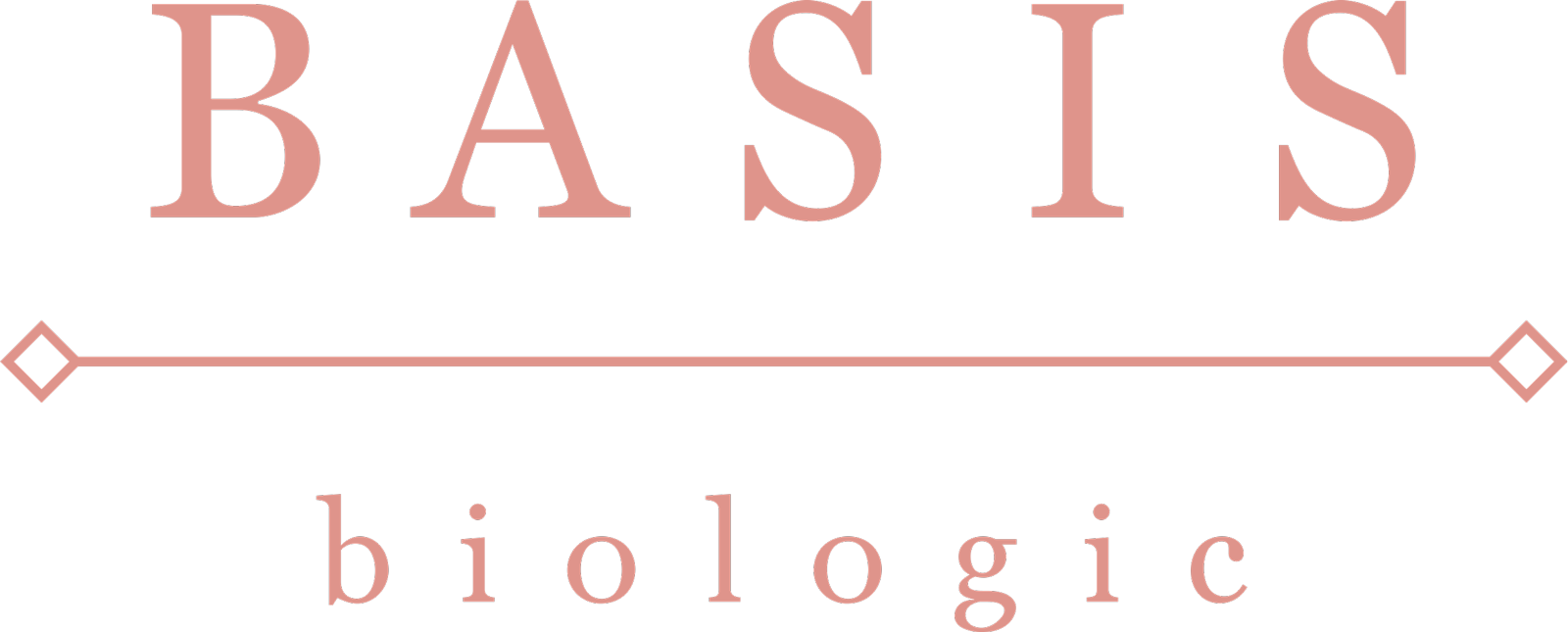Not all PRP is created Equal
You have choices when it comes to Platelet Rich Plasma in Portland, Oregon.
Portland is a great city to be in for cutting edge medical aesthetic and rejuvenation procedures. There are quite a few providers offering Platelet Rich Plasma (PRP) therapies, whether for orthopedic, dental or aesthetic indications. As the consumer of this progressive medicine, you need to be in-the-know when it comes to choosing your provider.
PRP is defined as a concentration of 1,000,000 platelets per microliter in 5 mL of plasma (1). This concentration is 4-6 times the number of platelets normally found in blood. This highly concentrated solution of platelets is produced most often after a double spin technique in a special centrifuge. There are many centrifuges on the market, but not all of them produce this concentration. And this may be one of the reasons you've heard someone say PRP didn't work for them. Many commercial centrifuge systems that are used in PRP practices today do not produce an adequate platelet concentration to meet the scientific definition of PRP.
Something really exciting happens when we achieve this concentration of PRP! Rughetti et al studied the relationship between the concentration of platelets in PRP and changes in the functional activity of human endothelial cells that the PRP produced (2). Endothelial cells are the cells that form the inner lining of blood vessels and they take part in inflammation, regulating blood pressure, blood clotting and tissue repair. They found that the stimulation for proliferation of endothelial cells peak at 1,250,000 platelets per microliter and angiogenesis (new blood vessel growth) peaks at 1,500,000 platelets per microliter. The ability for a PRP processing system to achieve this concentration of platelets becomes paramount if you are trying to achieve new blood vessel and endothelial growth and further supports the definition described above!
At Basis Biologic, we use the Emcyte centrifuge to create a superior PRP product.
The technique for isolating and concentrating platelets has a direct impact on the effects you're going to achieve with PRP! The Emcyte system allows for two different protocols that create two different PurePRP® solutions.
- Protocol A creates a PurePRP® without red blood cells or neutrophil granulocytes. This protocol is used when powerful healing without inflammatory activity is required at the application site. This is the most frequently used protocol and renders a PRP that is highly viable with low viscosity and therefore with reduced potential for pain at the application site. The PRP produced from Protocol A is "low inflammatory" and has a high platelet count, low granulocytes, low viscosity and less than 1% hematocrit.
- Protocol B creates a PurePRP® with low red blood cell counts and very high cytokine activity and neutrophil recovery. This protocol is used when the phagocytic powers of neutrophils are needed to help fight infectious processes at the application site. This protocol porduces the highest chemoattractant activity and significantly increases regeneration potential. Once the neutrophils have completed phagocytosis, they become apoptotic cells and are subsequently removed, thereby also eliminating inflammatory activity. The PRP produced from Protocol B is "infection fighting with increased cytokines" and has a higher platelet count, high neutrophils, moderate viscosity ass than 20% hematocrit.
PRP therapy is an investment ... choose wisely!
There are qualitative and quantitative differences across PRP solutions. Ask your provider about the PRP concentration their system renders. Ask if red blood cells and neutrophils are removed. Ask about the growth factors created.
At Basis Biologic in Portland, Oregon, you can rest assured that you are getting an efficacious PRP treatment because of the Emcyte's ability to produce a superior product. Furthermore, Dr. Hamlett can help you optimize your health, and thus your blood, creating optimal PRP!
1. Marx RE (2001) Platelet-rich plasma (PRP): what is PRP and what is not PRP? Implant Dent 10(4), 225–228
2. Rughetti, A., Giusti, I., D'Ascenzo, S., Leocata, P., Carta, G., Pavan, A., Dell'orso, L., & Dolo, V. (2008). Platelet gel-released supernatant modulates the angiogenic capability of human endothelial cells. Blood transfusion = Trasfusione del sangue, 6 1, 12-7.

